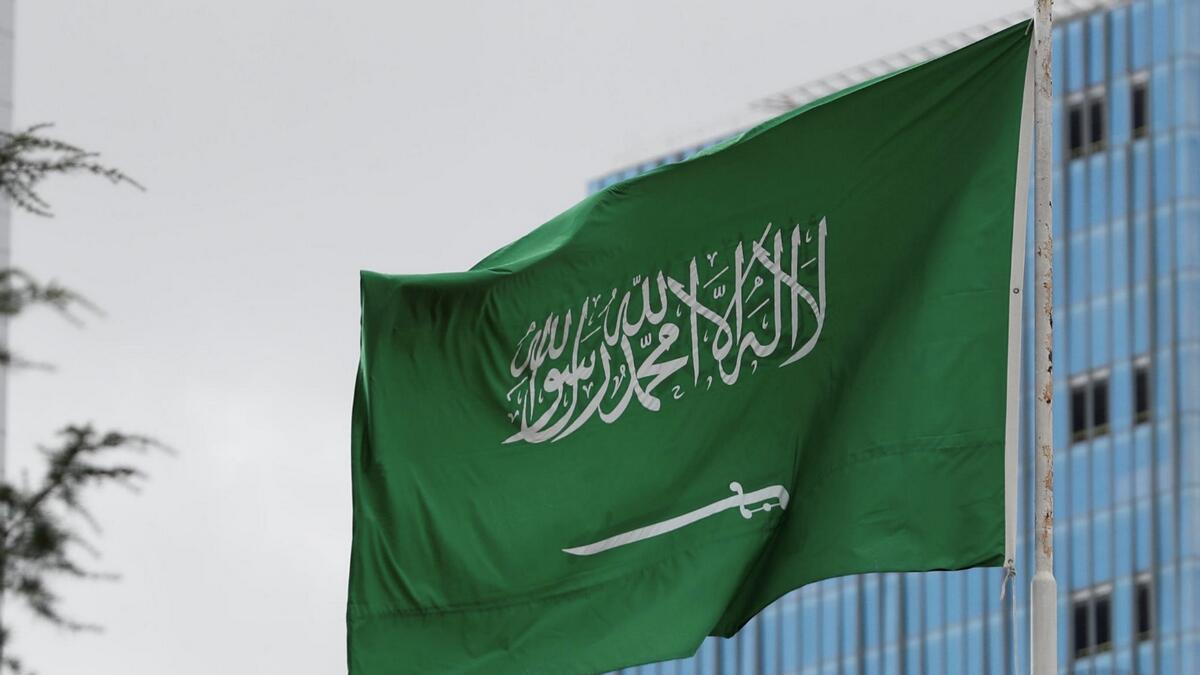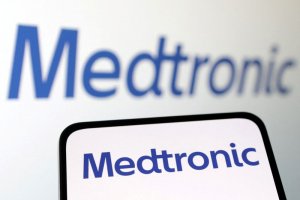Saudi Arabia saw the total value of the real estate and infrastructure projects launched since the announcement of the National Transformation Plan in 2016 cross $1.3 trillion, according to global real estate consultancy Knight Frank’s annual Saudi Giga Projects Report.
“Arguably one of, if not the most expansive real estate development programs ever seen in the world is gathering pace in Saudi Arabia as the 2030 deadline nears to realize Vision 2030," said Faisal Durrani, Partner – Head of Research for the Middle East and North Africa.
Western Saudi remains a vital pillar of the kingdom's transformative vision, with $687 billion of real estate projects expected to be delivered by the decade's end.
“The western half of the Kingdom contains the highest concentration of headline-grabbing projects in the country, including of course NEOM, the $500 billion supercity," Harmen de Jong, Partner – Head of Strategy & Consultancy, Saudi Arabia, added.
The volume of residential units planned stood at 660,000 units, a rise of 30% over the last 12 months. But affordability is still a key issue for many buyers.
Meanwhile, the office pipeline is steady at 6 million square metres, including the 300,000 square meters of office projects that have been completed since last Autumn. However, there is a severe shortage of prime Grade A space in cities such as Riyadh.
Elsewhere, 5.3 million square metres of retail space is in the pipeline. A further 289,000 hotel rooms planned to support Saudi Arabia’s goal of hosting 100 million visitors by 2030, up from around 17 million last year.
The Saudi capital Riyadh accounts for 18% of all real estate and development projects underway, totalling some $229 billion.
Saudi's focus on wellbeing extends to the 24,000 hospital beds planned, which is set to cost $39.5 billion, said Shehzad Jamal, Partner – Head of Strategy and Consultancy – Real Estate, Healthcare & Education for Middle East and Africa. Furthermore, 60 new educational institutions are being built at a cost of nearly $6.3 billion.
Saudi Arabia's gross domestic product (GDP) grew 1.1% in the second quarter, compared to the same period a year earlier, largely due to a 5.5% increase in non-oil activities that offset a 4.2% plunge in oil activities.
Fitch raised in April its credit rating on Saudi Arabia from A to A+, with a stable outlook. The agency attributed the upward revision to the kingdom’s strong fiscal and external balance sheets, specifically highlighting the Gulf state’s favorable debt-to-GDP ratio and strong sovereign net foreign assets as contributing factors to the upgrade.
In July, the International Monetary Fund (IMF) cut Saudi Arabia's growth outlook for the current year to 1.9%, a downward revision of 1.2% over prolonged OPEC+ oil output cuts by the kingdom announced in April and June.










